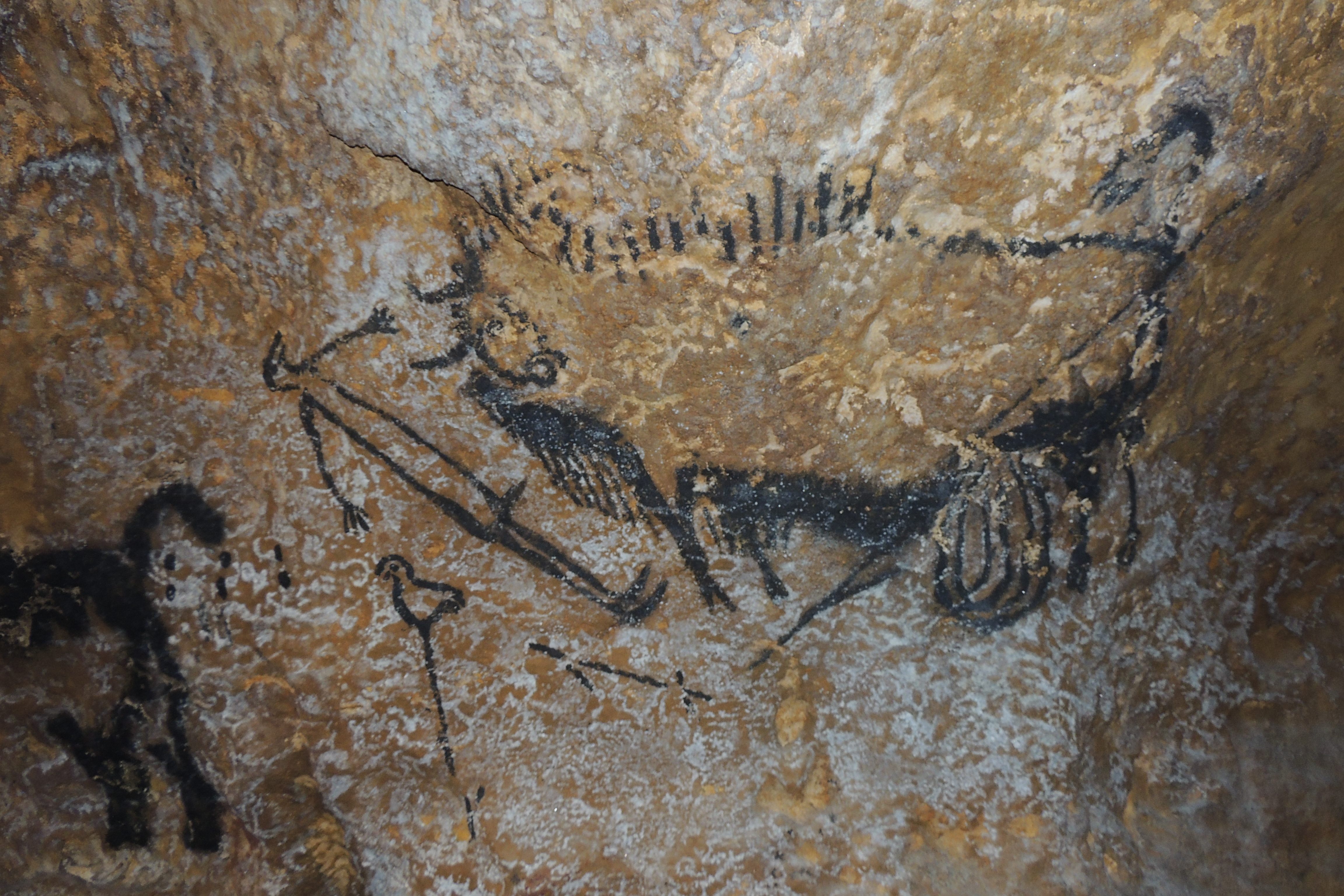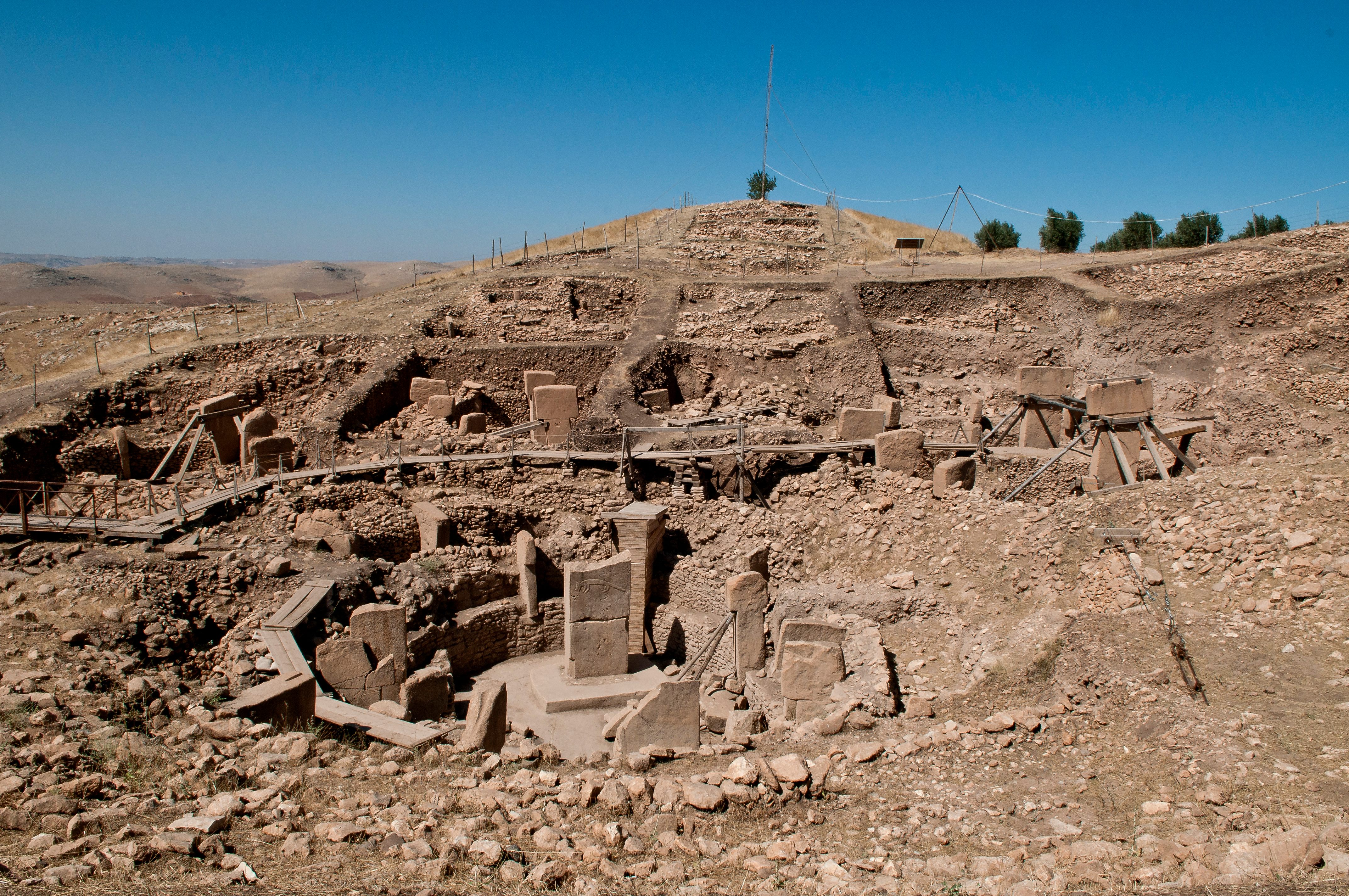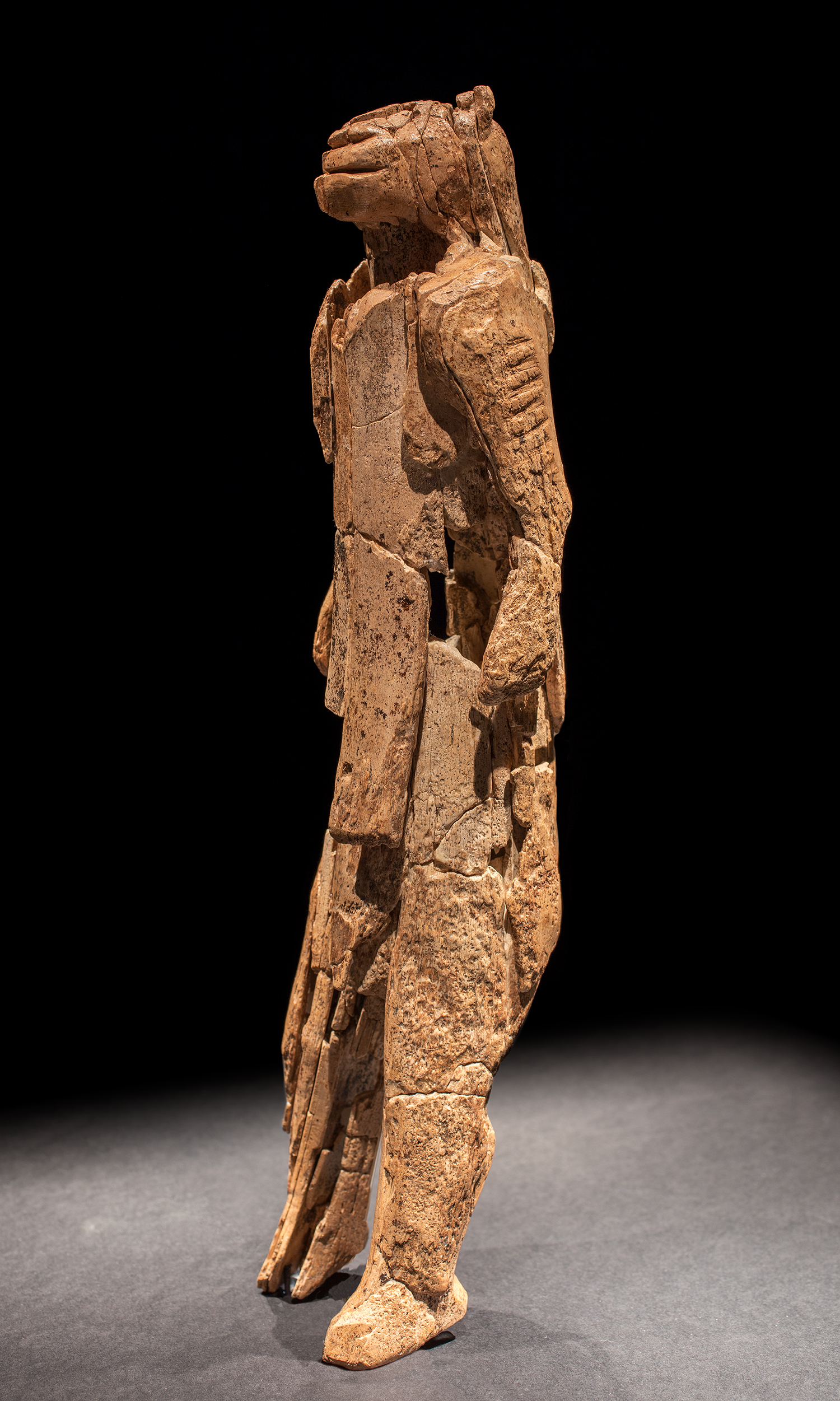How Early Humans Used Cave Art to Understand the Night Sky
They weren’t just painting animals.

Turns out early cave art wasn’t just depictions of animals and other terrestrial scenes. The truth is much more symbolic, and much more starry.
Researchers from the University of Edinburgh have published new findings that suggest Prehistoric cave dwellers had quite a sophisticated knowledge of the skies. The artwork studied, from caves in Turkey, France, Spain, and Germany, shows a consistent set of symbols (a key, if you will) that reveals how ancient peoples tracked astronomical events. Much like the animal-based shapes of our constellations and astrological zodiac signs, these drawings also illustrate a correlation between animals and the placement of the stars at a specific time.
Dr. Martin Sweatman, a professor at the University of Edinburgh and co-author of the paper, helped lead the team that studied these examples of Paleolithic and Neolithic art to decode their carefully chosen symbols. They chemically dated the paints used, and employed the software “Stellarium” to calculate the position of constellations at the relevant solstices and equinoxes. Upon matching the radioactive carbon dates of the art with the results from the software, Sweatman says the team found “an extraordinary level of agreement.” Essentially, these precise cave artworks, used as a method of record-keeping, reveal a deep understanding of astronomy from a people previously thought of as primitive. Their knowledge of the skies suggests a similar knowledge of the seas, which likely aided in navigation and, by the transitive property, prehistoric human migration.

Last year, Sweatman and a colleague decoded the artwork at Gobekli Tepe, an ancient Turkish archaeology site thought to be from roughly 11,000 B.C. Based on the insights into astronomy observed there, Sweatman realized that it must have existed much earlier than 11,000 B.C. From there, Sweatman extended his work across other locations, and began working with Alistair Coombs (the co-author of this paper) to decode other paintings “like solving a crossword,” he says.
In the Dordogne region of France, the relatively well-known Lascaux Shaft Scene features a dying man with a horse, bison, bird, rhinoceros, and geometric shapes surrounding him. Though this Upper Paleolithic mural was once interpreted as an abstracted narrative about life and death, this paper now suggests that it commemorates a comet strike that occurred around 15,200 B.C. Sweatman says that this scene “describes a major damaging event from the direction of Capricornus. It is likely this refers to a collision with cometary debris from the Taurid meteor stream.” These findings support the theory of “coherent catastrophism,” which, according to Sweatman, “describes how a giant comet became trapped in the inner solar system many thousands of years ago, creating a stream of debris that we collide with every few thousand years.” This is significant since this debris remains in our orbit, albeit irregularly.
The first observance of constellations is widely credited to the Babylonians around 4,000 years ago, and the discovery of the “precession of the equinoxes” (a phenomenon that describes how constellations’ correspondence with equinoxes and solstices changes ever so slightly over time) is generally credited to Hipparchus of ancient Greece, in the 2nd century BC. But Sweatman and Coombs’ findings challenge those accepted “truths.” “We have shown the same constellations, and precession, were known over 35,000 years earlier,” he says. Because of this, humans from this time must have been relatively intelligent. “Our work shows they also had a scientific mind—they could observe nature and predict how the stars change over time. This shows they are hardly any different intellectually to us today.”

The shared method of record-keeping across different places, peoples, and eras shows a shared human understanding of the astral world. Though there are likely minor variations, Sweatman presumes that “their art and astronomy was all connected with an ancient mythology … so this was probably a central part of their lives—perhaps it is how they understood nature.” Based on the consistency of results found across different ancient artworks, these generally accepted codes of astronomy-based time-keeping were almost certainly not limited to western Europe and Turkey.
Modern astronomy supports the hypothesis that these ancient peoples tracked the passage of time by recording the slowly shifting positions of the stars. Though we still use the same constellations, Sweatman says that most of the symbols have changed over the last 40,000 years. “Some have swapped positions: for example, the bull has moved from Capricornus to Taurus, and the Lion has moved from Cancer to Leo.” So, the astrological animal symbols we use to describe and locate objects in the sky today come from a long history of scientifically accurate cave art.














Follow us on Twitter to get the latest on the world's hidden wonders.
Like us on Facebook to get the latest on the world's hidden wonders.
Follow us on Twitter Like us on Facebook